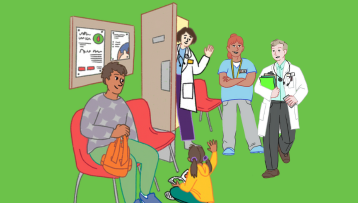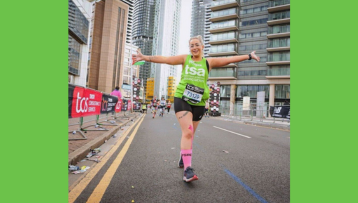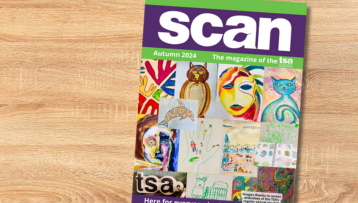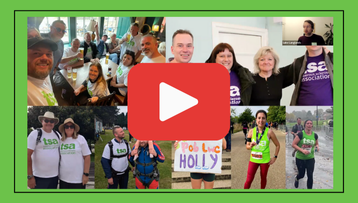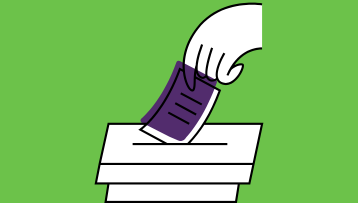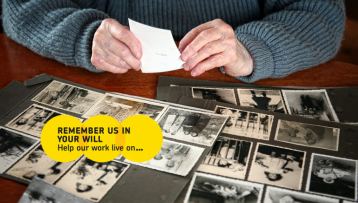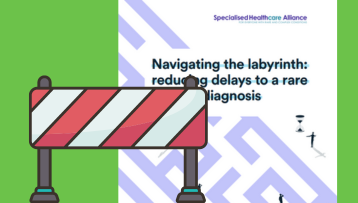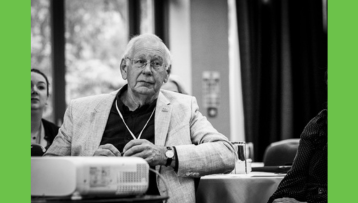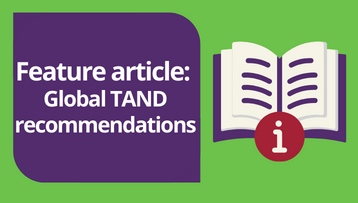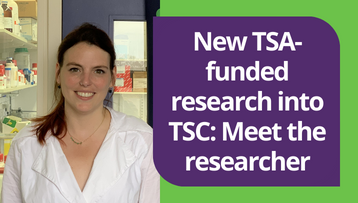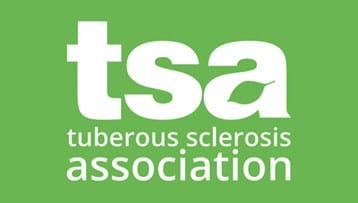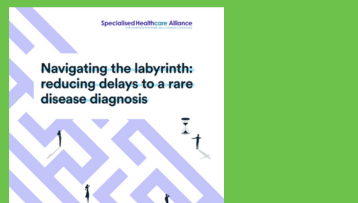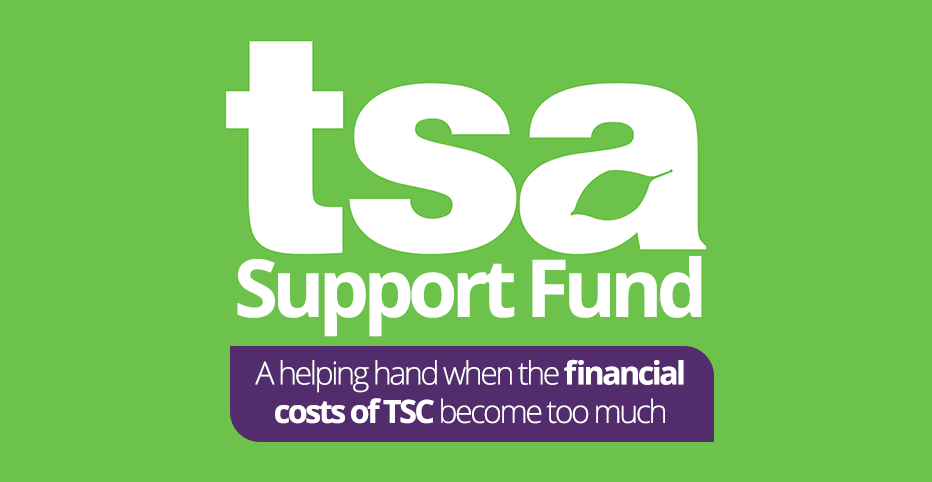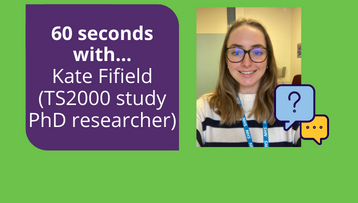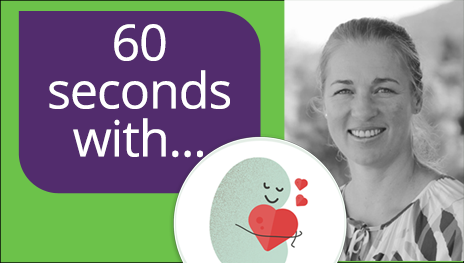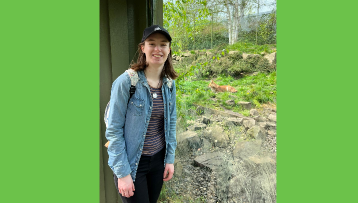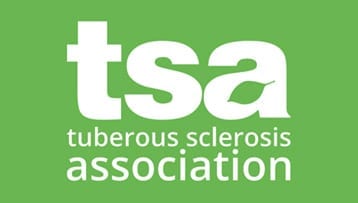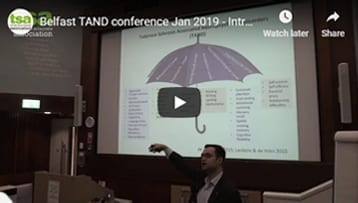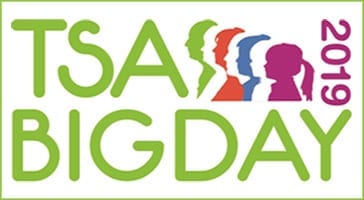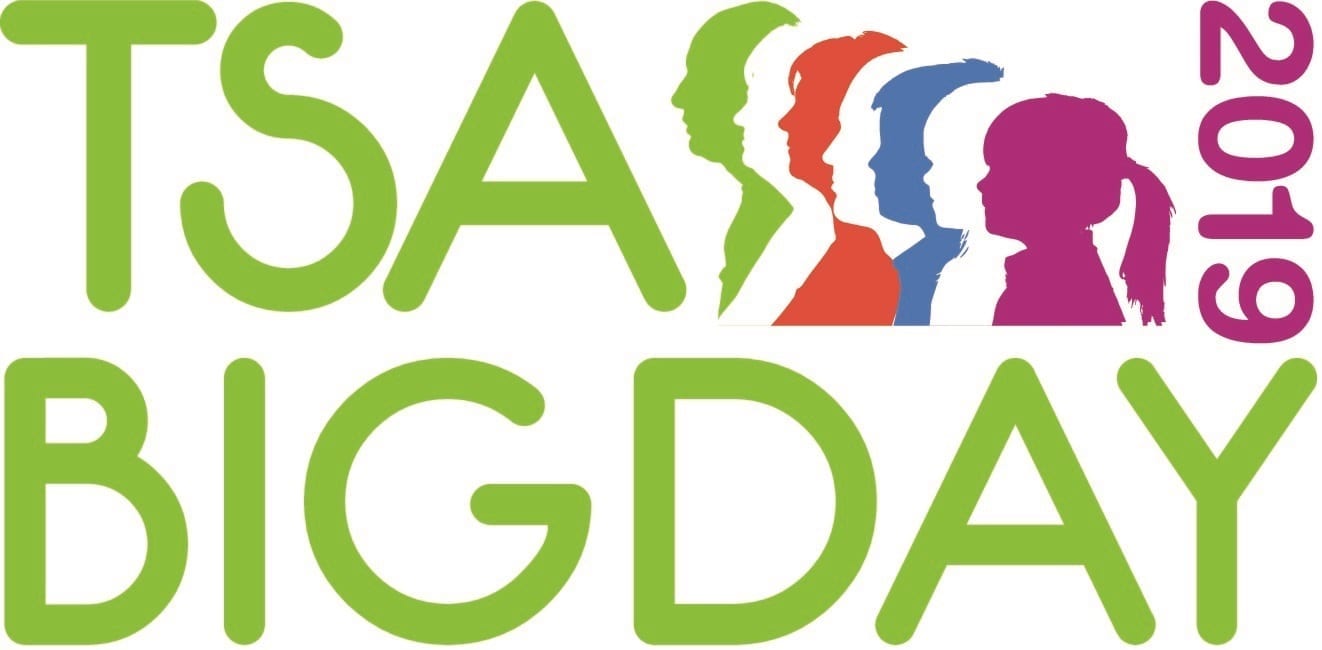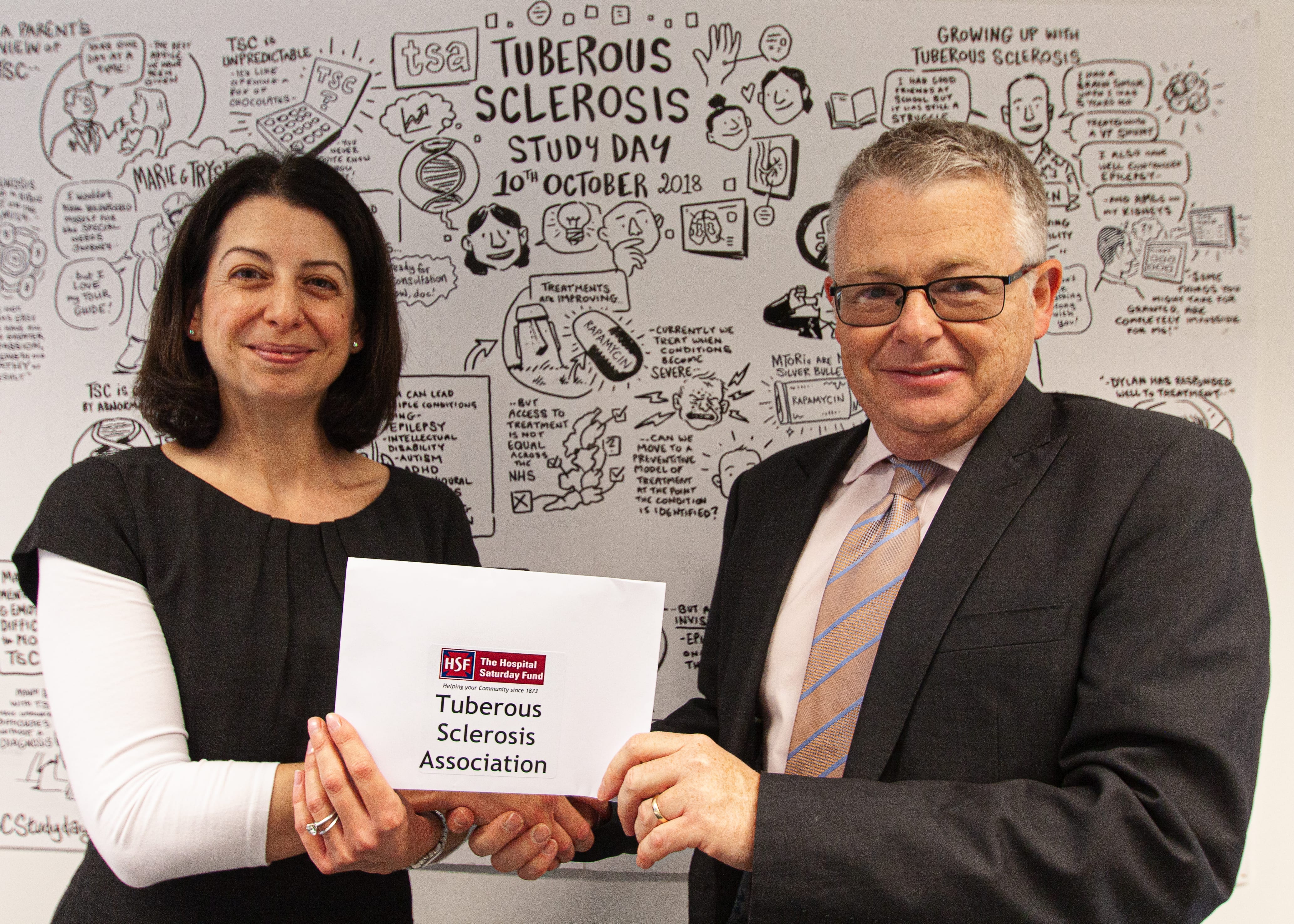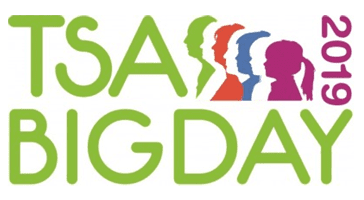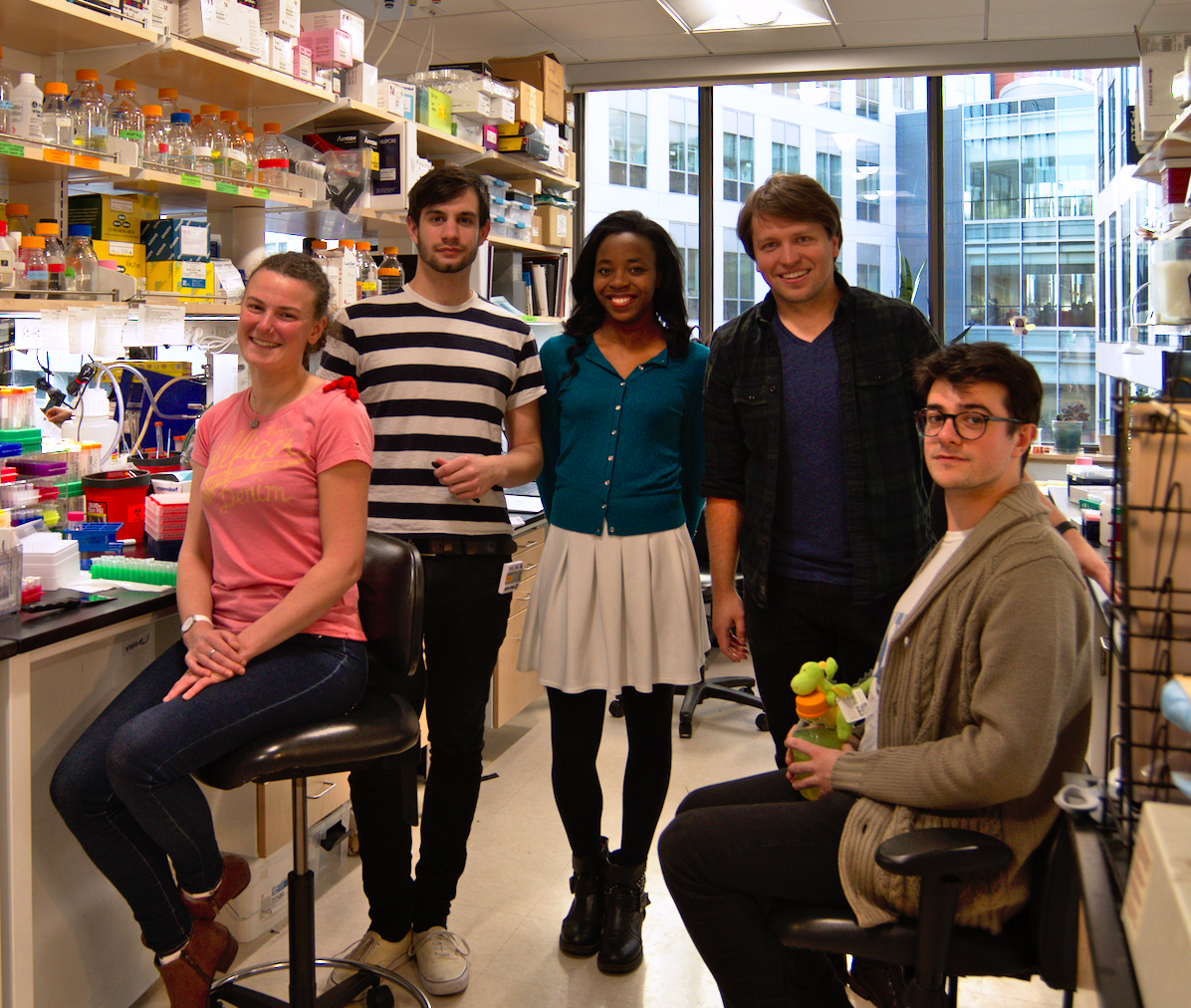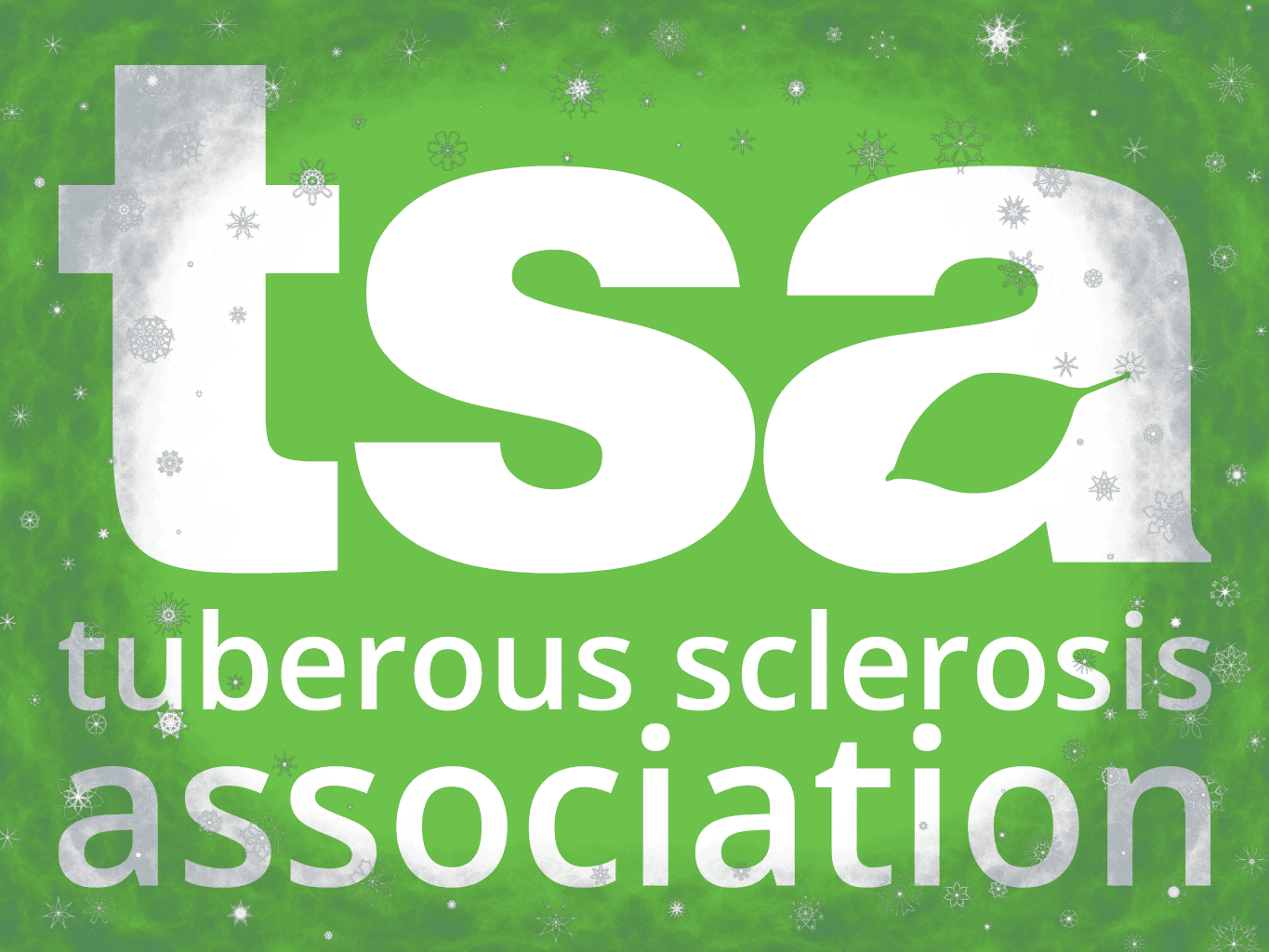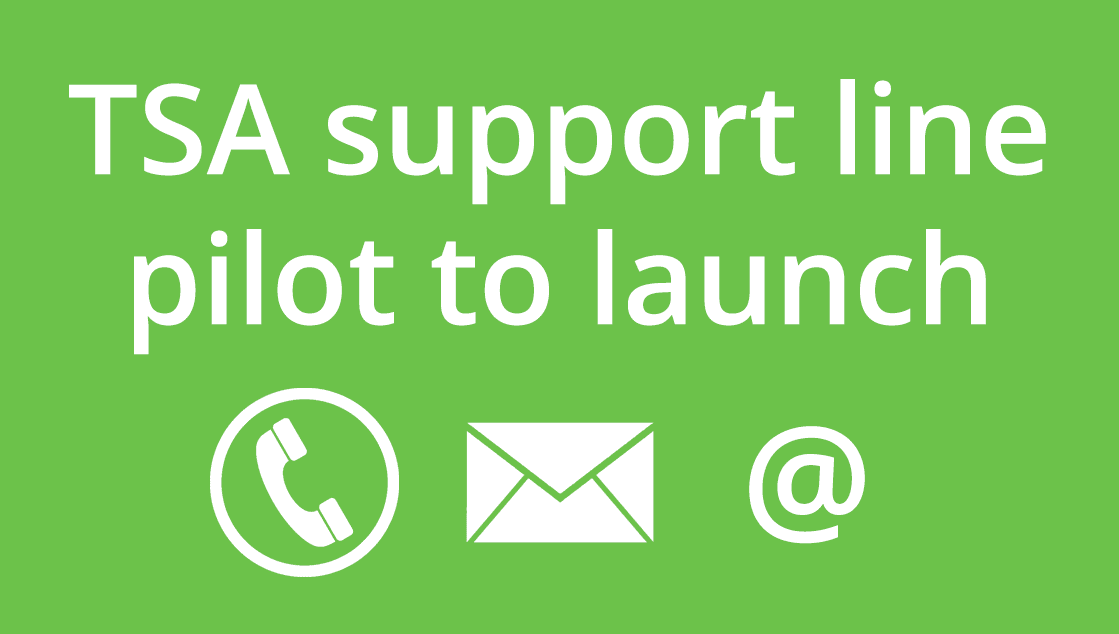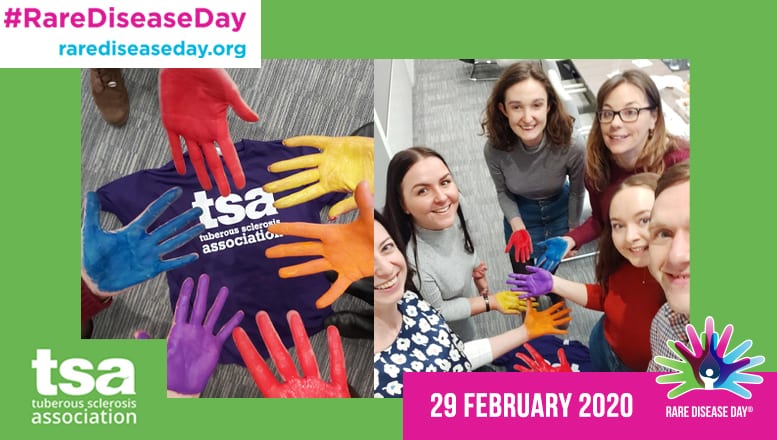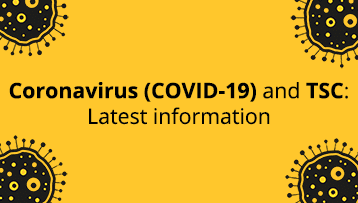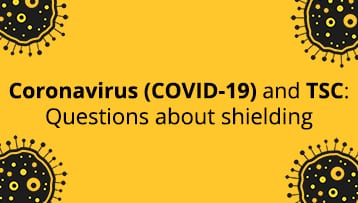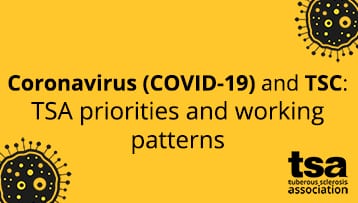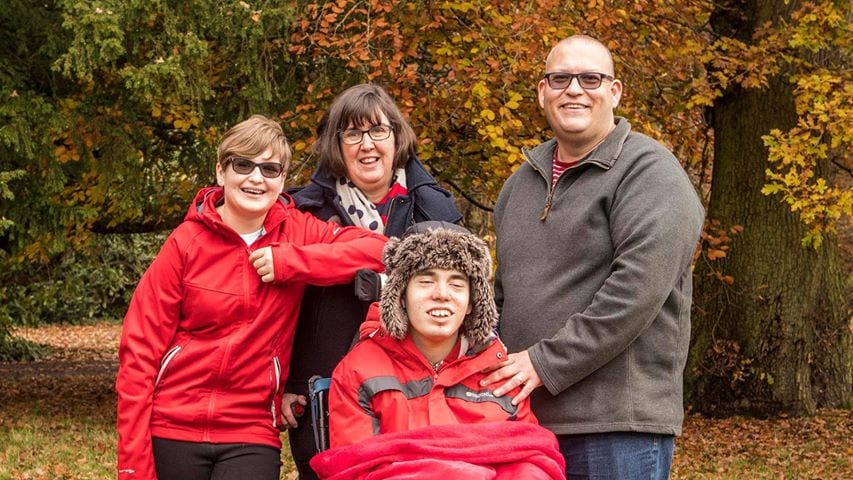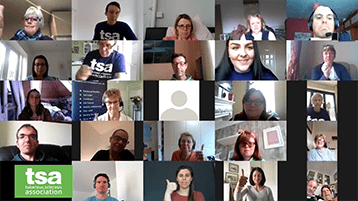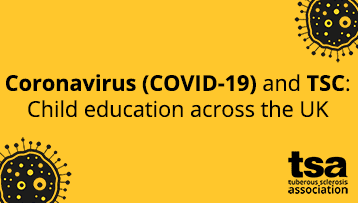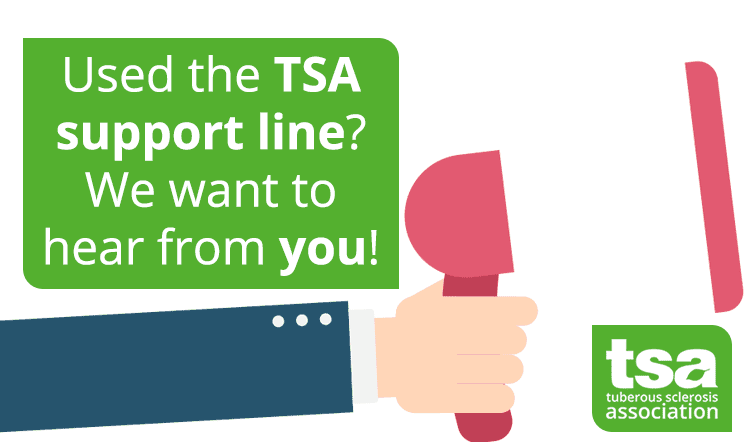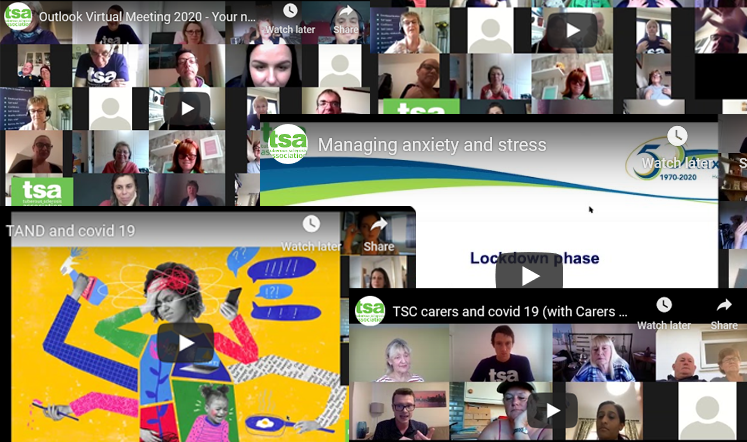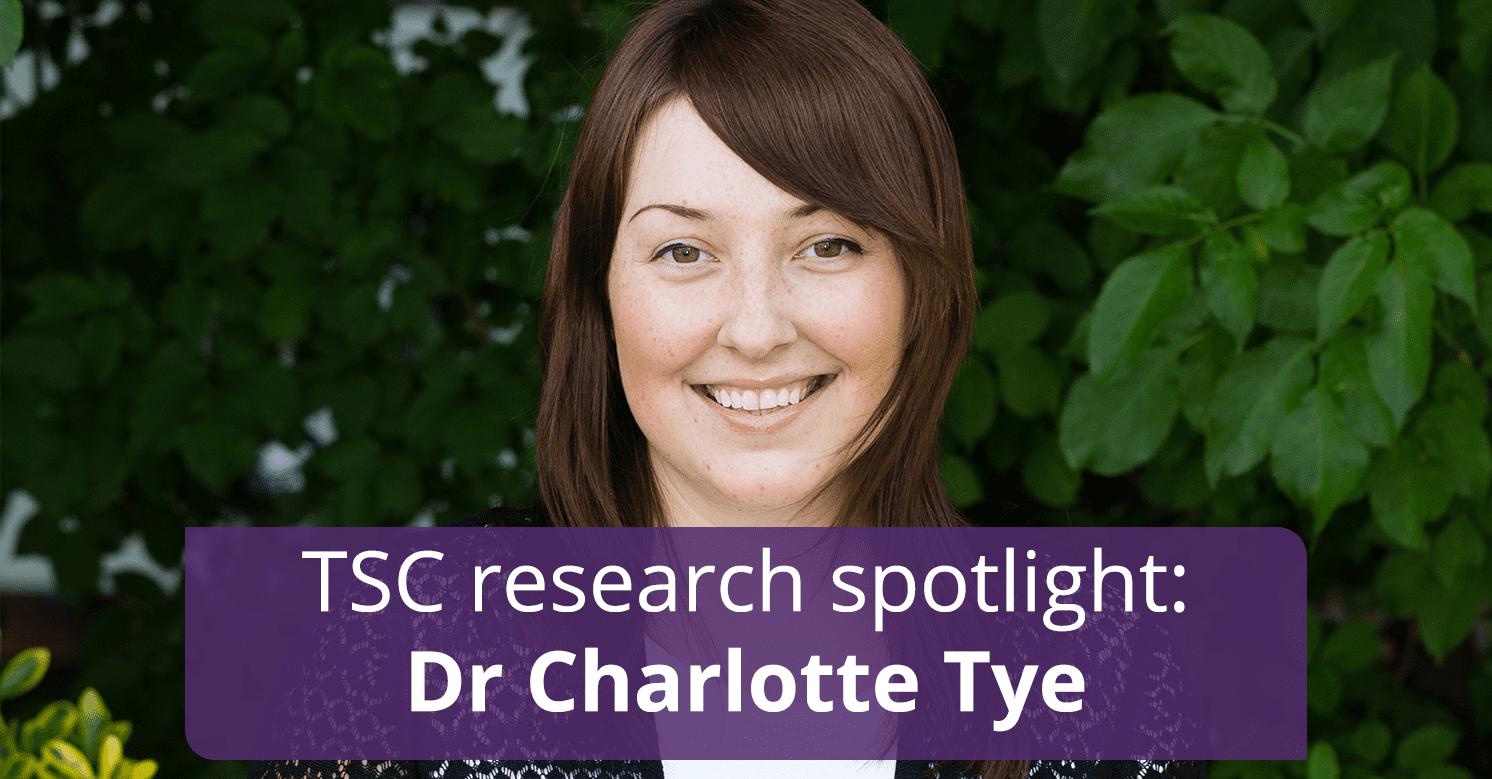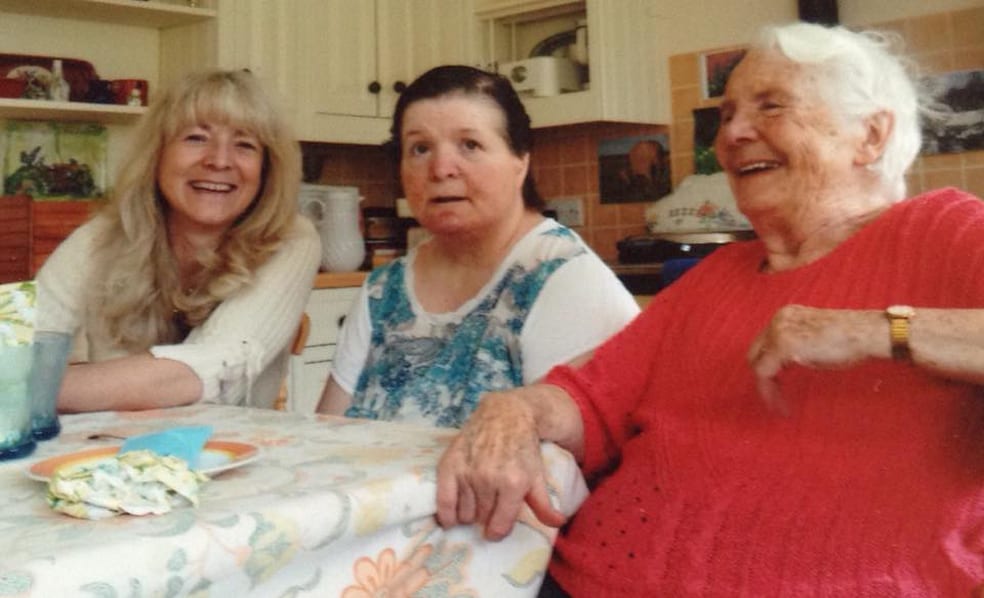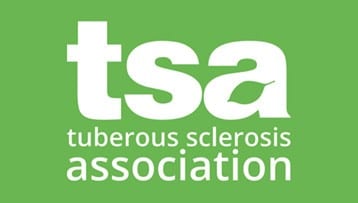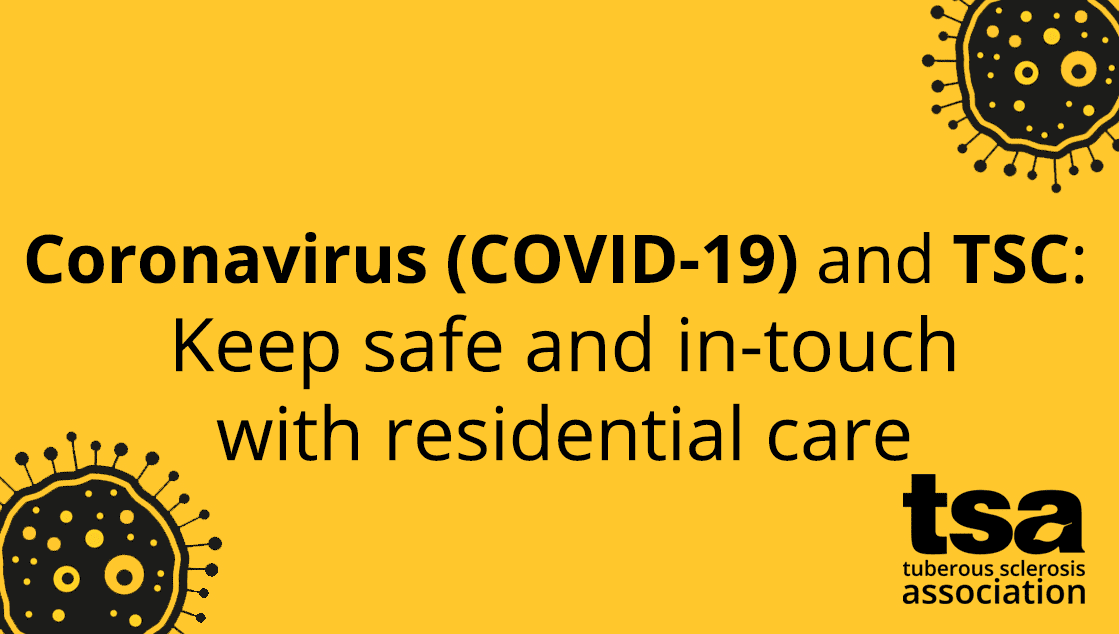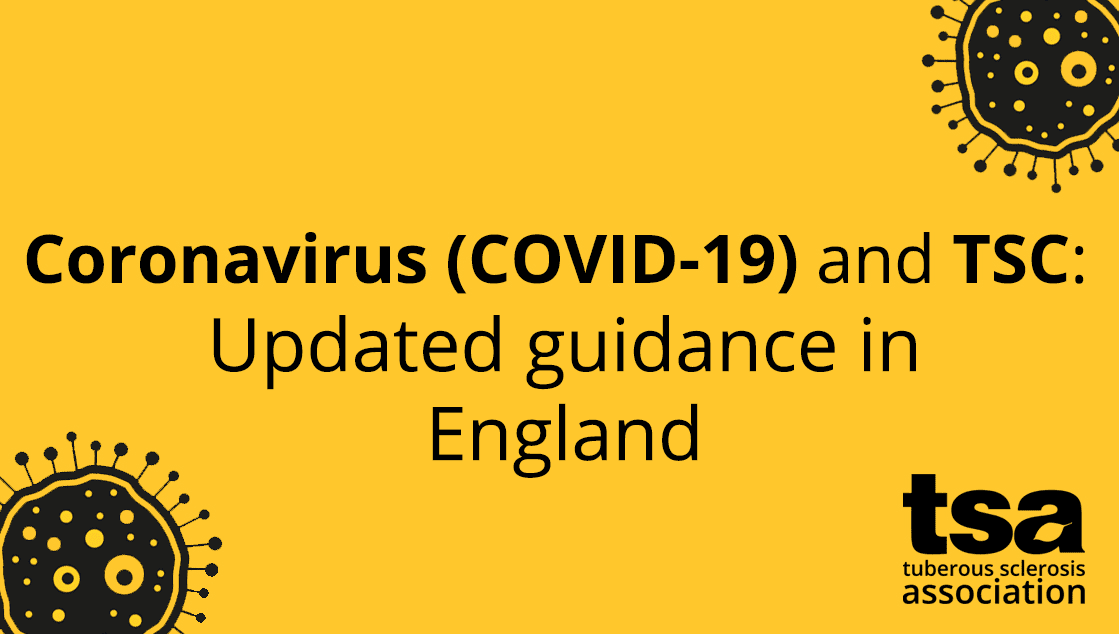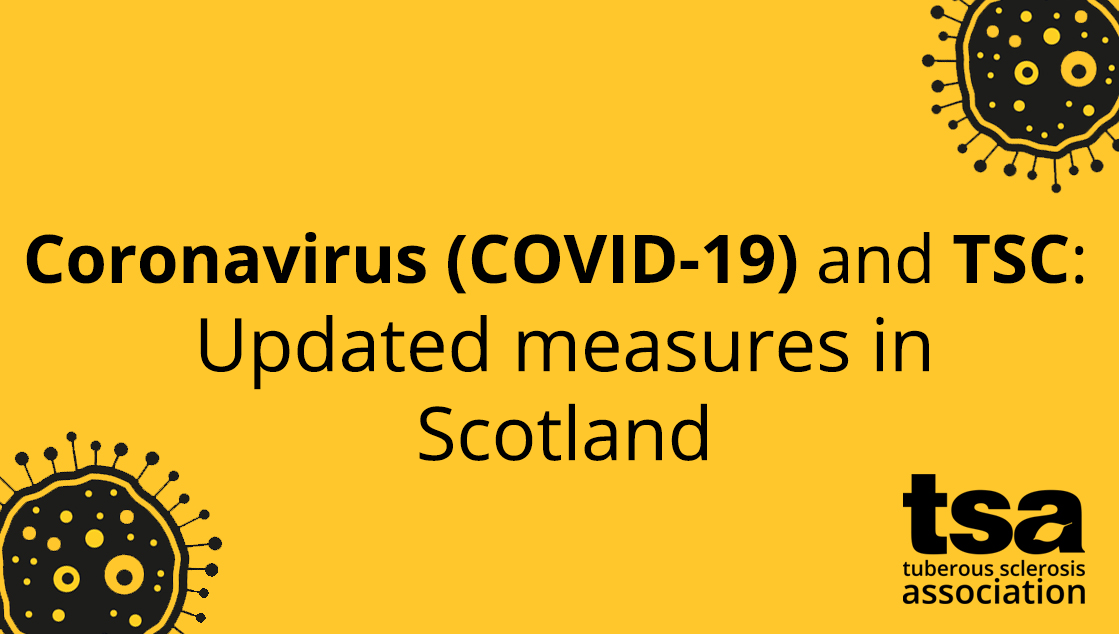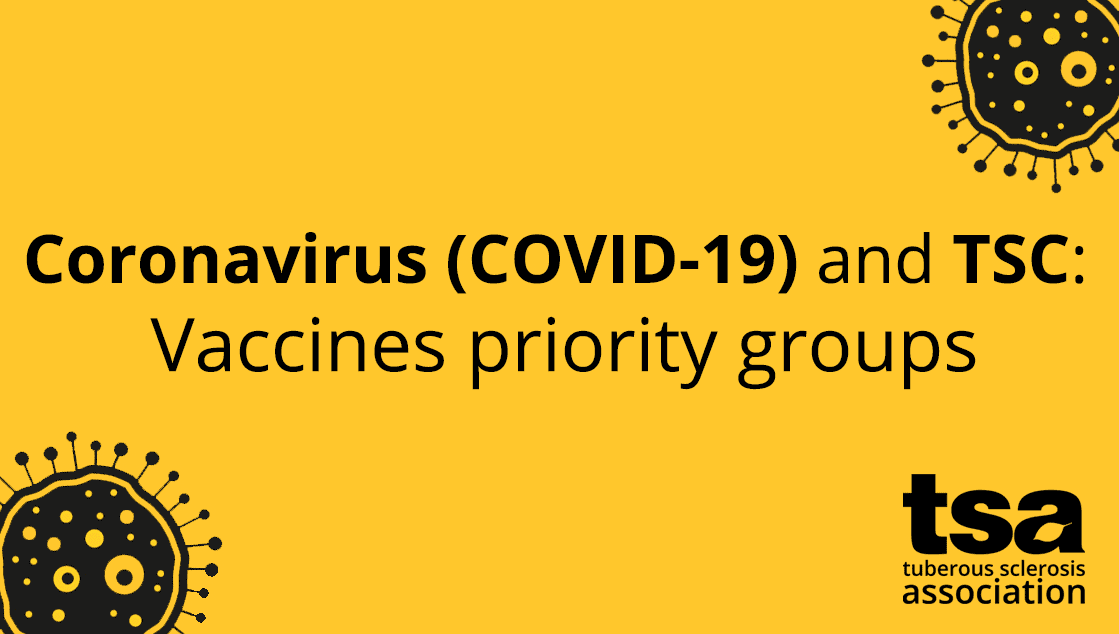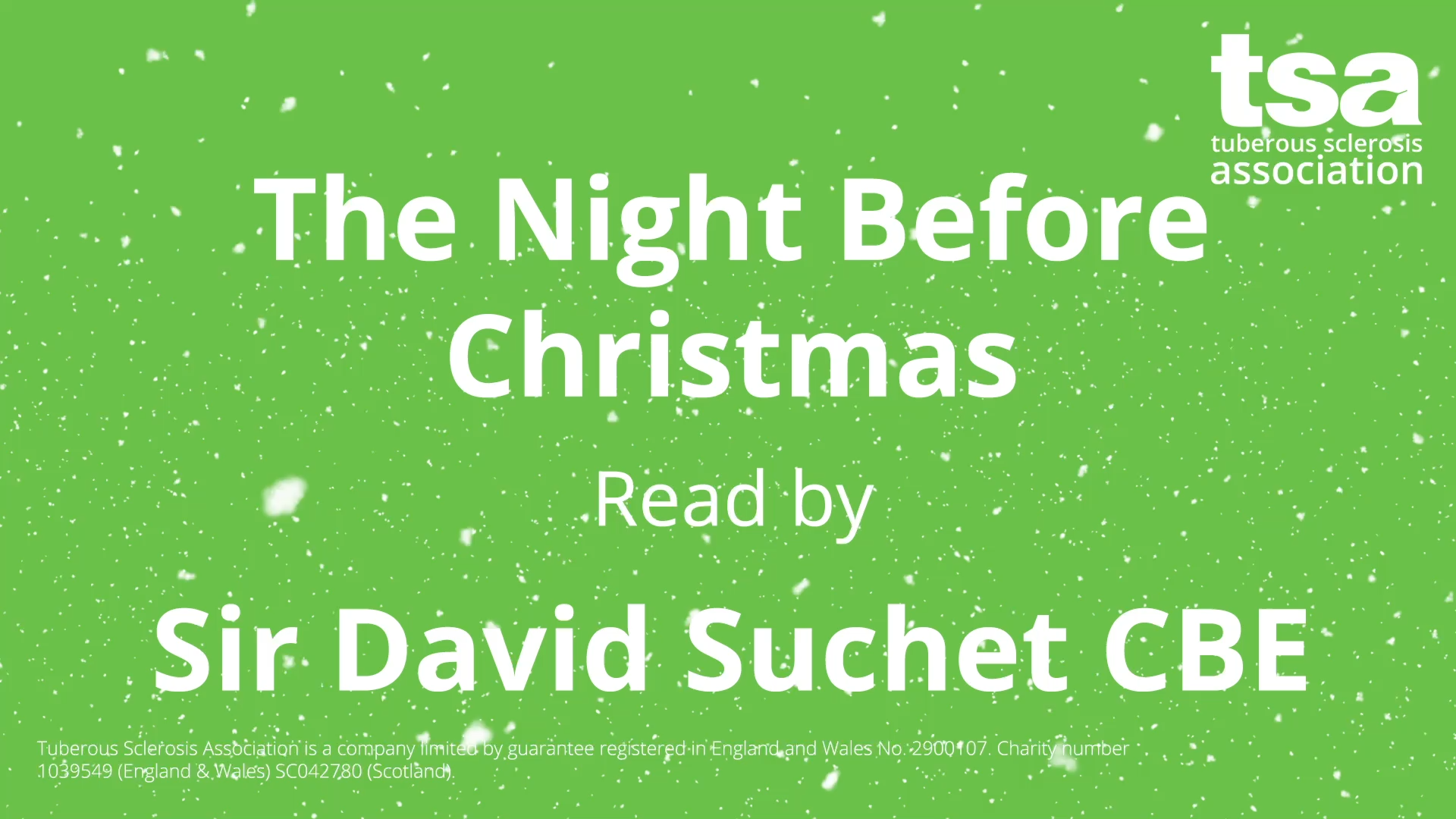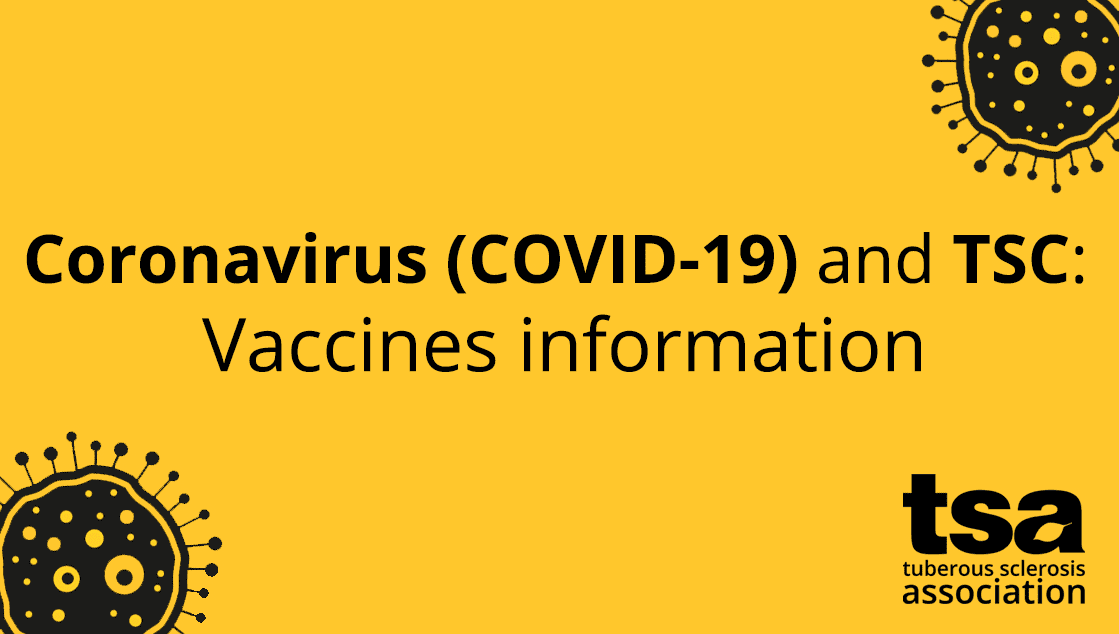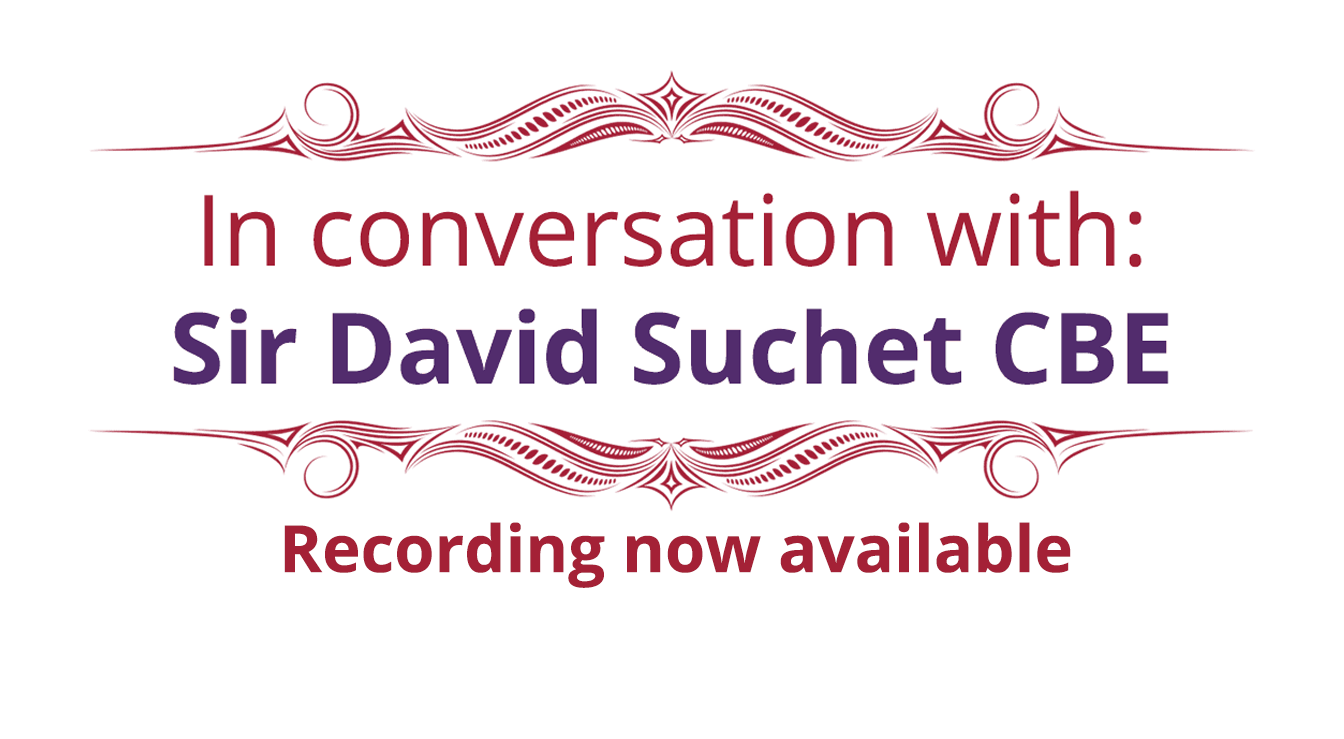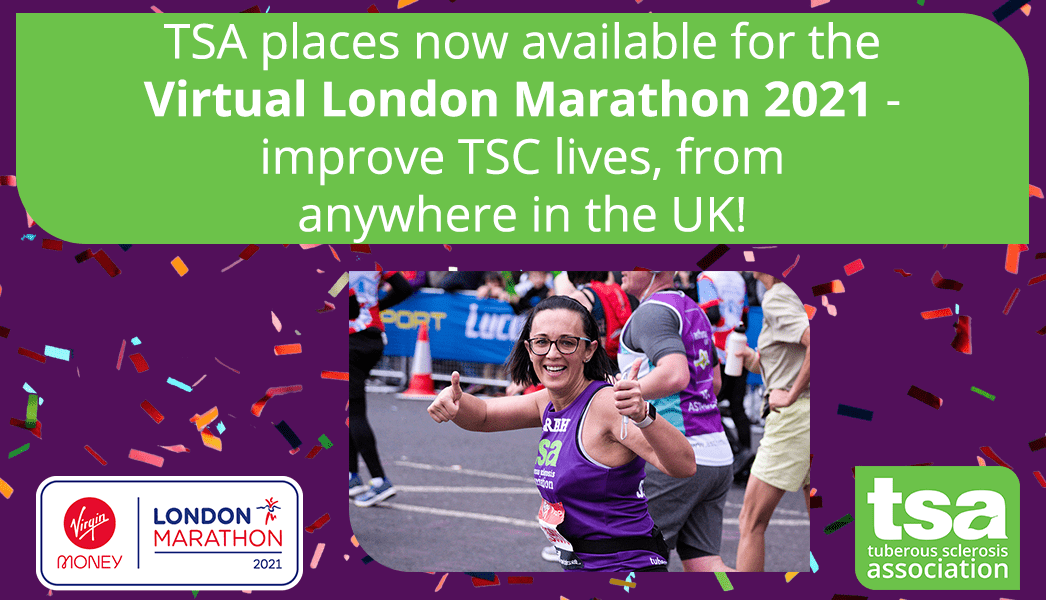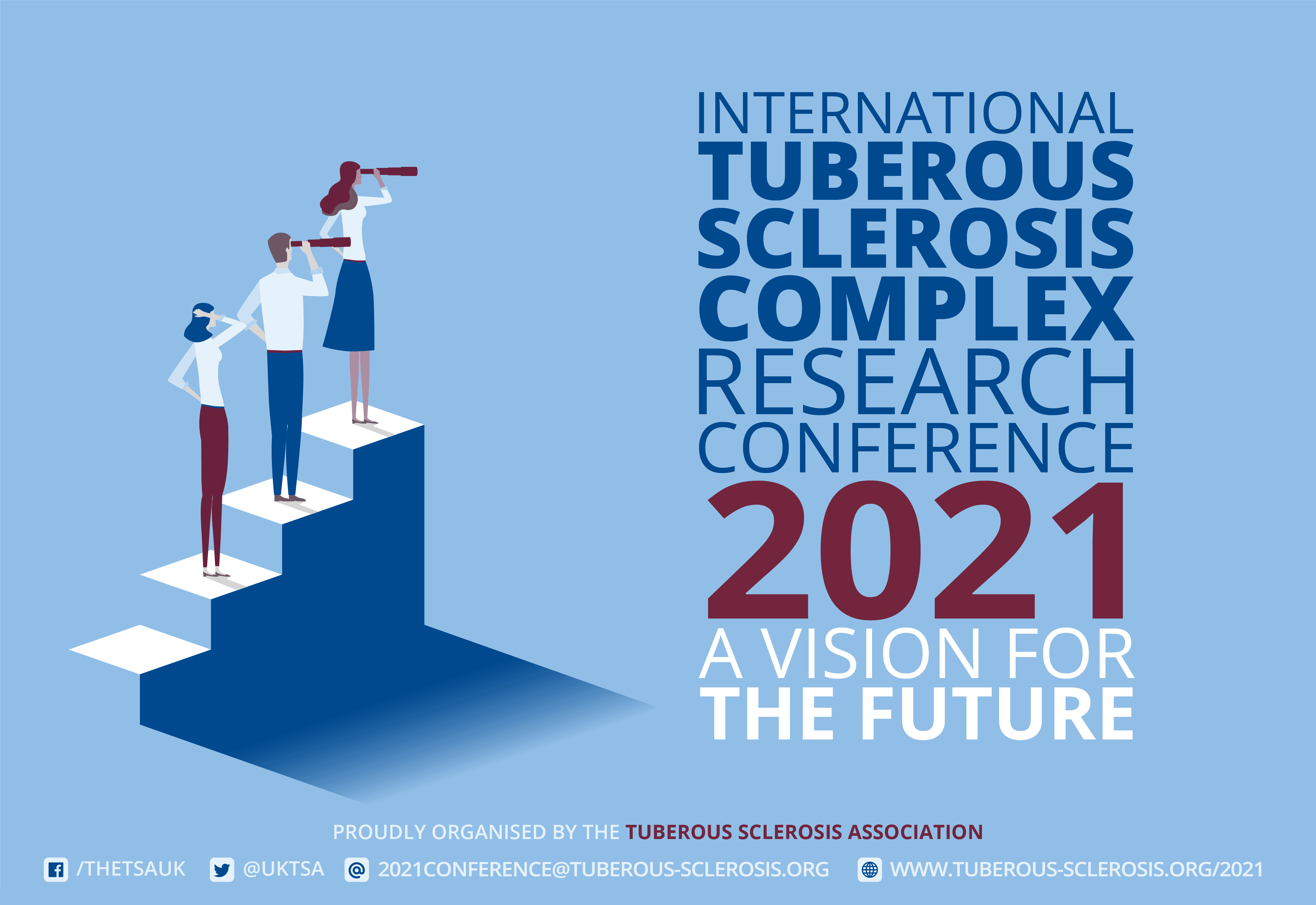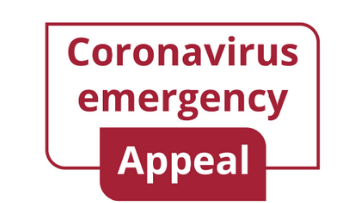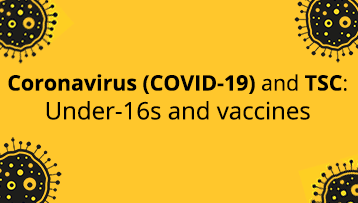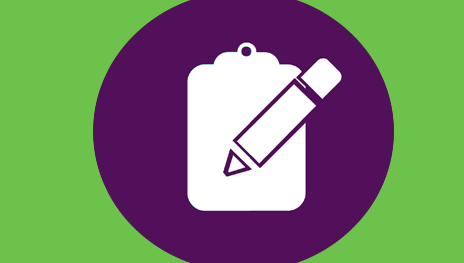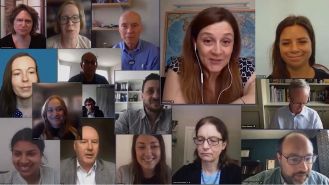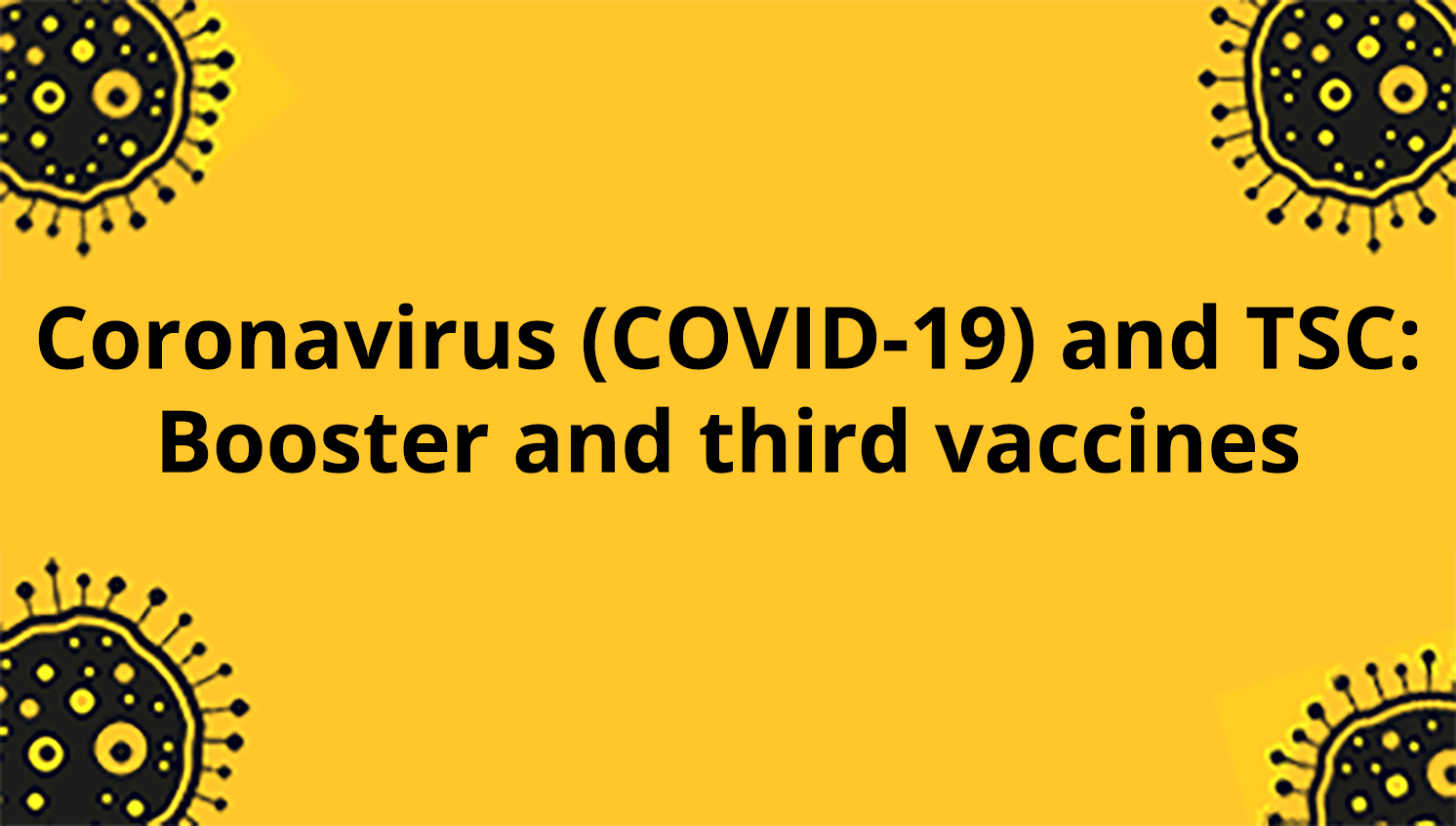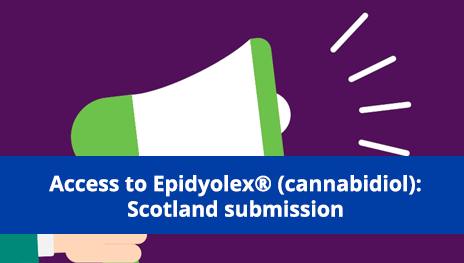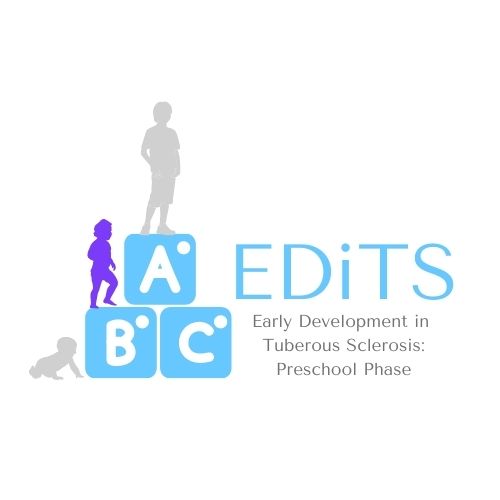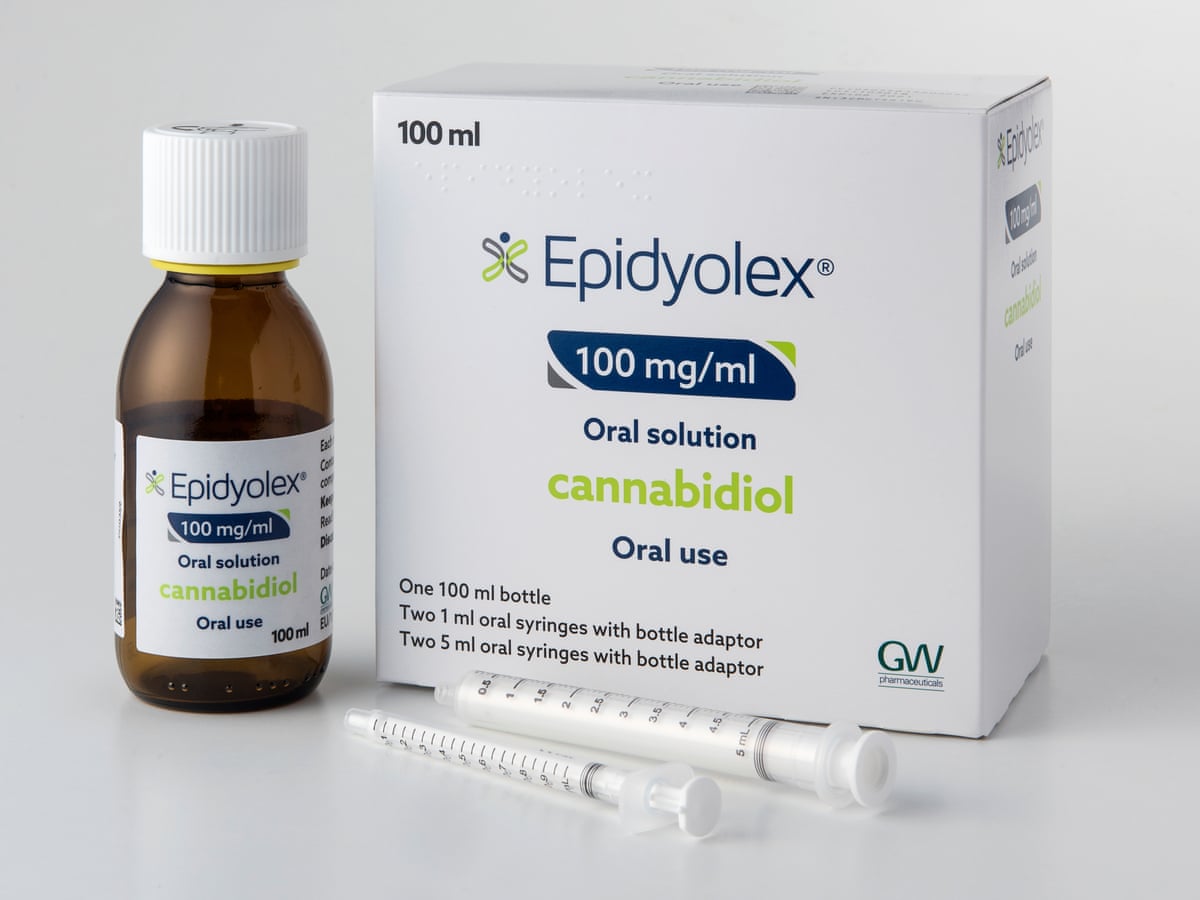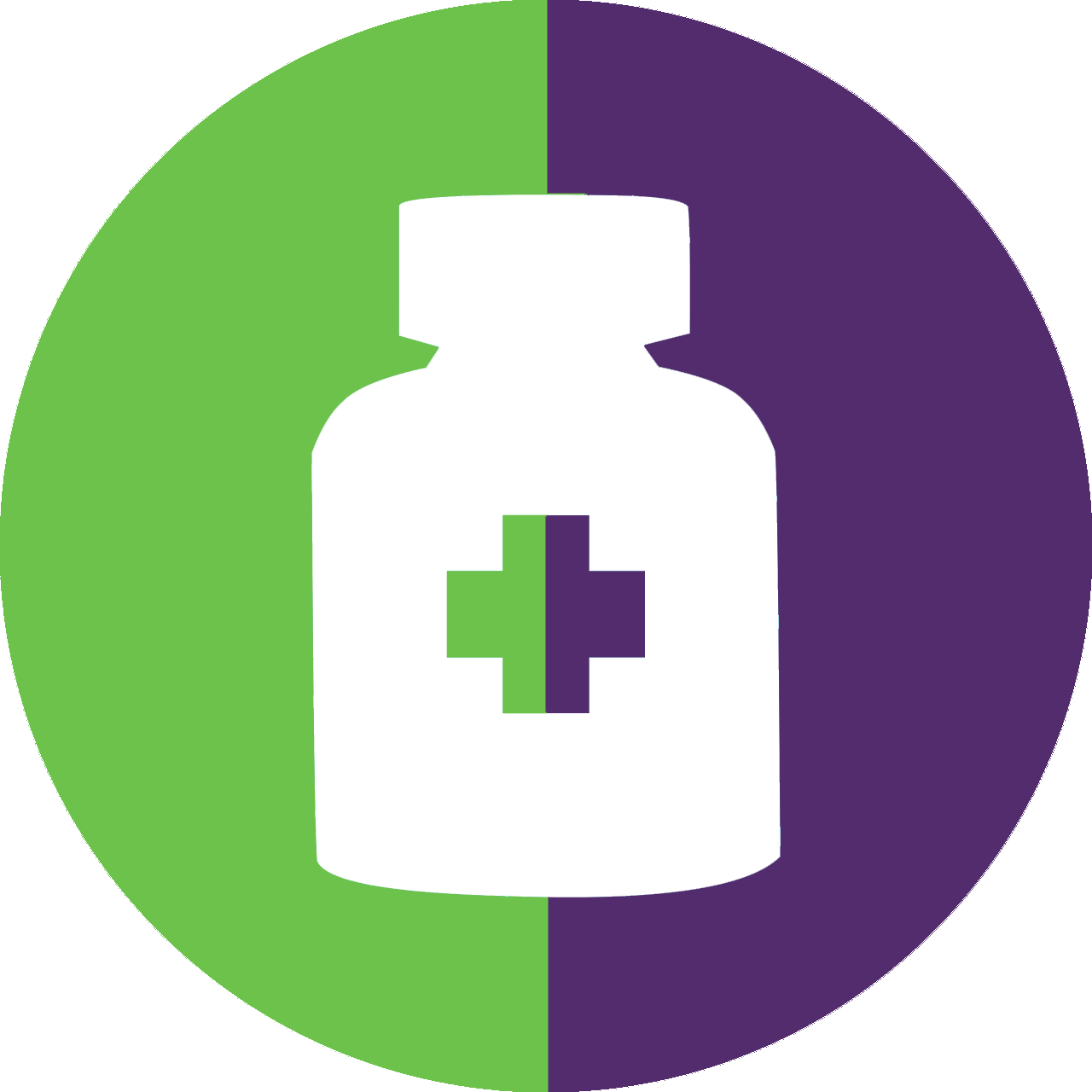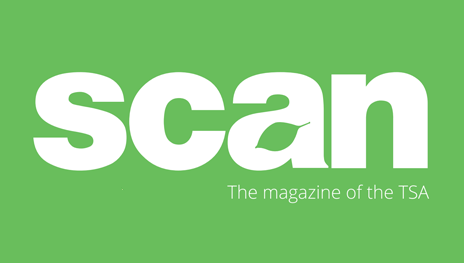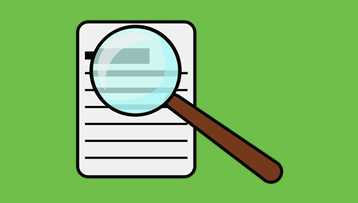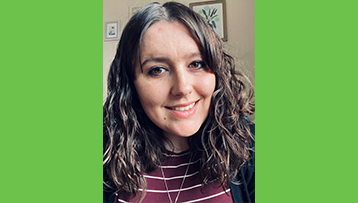We’ve recently received lots of enquiries on the TSA Support Line about Disability Living Allowance (DLA), which can help with additional costs of looking after a child under 16 who needs more care because of a disability. It can be hard to know where to start with DLA, so we created this short guide
Please note: DLA in Scotland has been replaced by a benefit called Child Disability Payment. For more information see this page.
What is Disability Living Allowance (DLA)?
DLA (Disability Living Allowance) can help with the additional costs of looking after a child under the age of 16 who needs more care because of a disability – including learning difficulties, developmental delay, and physical disabilities. Many caregivers in the TSC community may therefore be eligible for DLA.
DLA isn’t means-tested, so your current financial situation isn’t considered when you apply. It’s also not considered income when applying for other benefits. This means DLA can make a more positive difference to your family’s income, especially when considering the additional costs that living with TSC can bring.
Claiming for DLA can be a lengthy process and it can be difficult to know where to start. Frustratingly, it can also take many months to get a response. The claim form, DLA1 Child (ALT), is available here or you can request it through the Disability Living Allowance helpline (0800 121 4433). If they post the form out to you, the service will note the date you made your call, so that once you’re approved you’re paid DLA from the earliest possible starting point.
Writing a DLA application
Prepare for your application
Filling out the DLA form can feel like an overwhelming task, especially when you are already busy taking care of a loved one with TSC. Read through the form carefully, so you know what kind of information is required.
Keep a diary for at least a week before completing the form, as a record of the care your child needs during the day and night. For example, if your child has epilepsy, this may include used taking a record of any seizures. This can be used as evidence.
Seek specialist advice
If possible, seek out specialist advice from someone who is familiar with the DLA form. They can help you to fill out the form to give you the best chance of being awarded the correct amount of DLA. For example, there are specific rules which may allow some children with severe learning difficulties, or autism, to qualify for the higher rate of the DLA mobility component. This may apply to children with TSC who have more significant support needs.
If you think your child may qualify for the higher rate, seek expert advice from your local Citizens Advice or other welfare professional, as they may be able to help you complete the form
Provide as much information as possible
TSC is a rare condition, which means that it is unlikely that the person reading your application will know a lot about TSC. You might want to include information from the TSA, or your child’s TSC doctor to help the assessor understand TSC better.
You may wish to begin with a short general overview of TSC, before describing things in more detail: “TSC (Tuberous Sclerosis Complex) is a rare genetic condition that causes growths to develop in different areas of the body. For my daughter, this means that…” You may also wish to provide some extra explanation about the particular care needs and challenges that are specific to TSC. For example: “My son displays challenging behaviours because of his TAND. TAND means TSC-associated Neuropsychiatric Disorders.” It may also be helpful to ask your child’s TSC clinician to provide a supporting letter.
Don’t downplay the challenges
It might feel like you should ‘get on with things’, but the application should be clear about any ongoing things that are tough, so the assessor gets a good understanding of what life is like for you and your family. The DLA form largely relies on tick boxes. However, this should not stop you from adding all the information you want to include, as the effects of TSC can be complex and wide-ranging.
You can make use of the extra text boxes provided, and you can also attach extra pieces of paper to your application if you need more space to describe your child’s needs in detail.
Take your time and take breaks
Completing the DLA application form can be a lengthy and time-consuming process. Try to fill it out in manageable chunks, rather than doing it all at once. It can also be triggering, and can bring up difficult emotions and memories, so remember to be kind to yourself and take a break when you need it.
Talk to someone, such as the TSA Support Line if you need a listening ear at any time during the process.
Ask others for help
Other people who know your child may be able to help you with your application. If you can, reach out to family members and friends for their support and input. Other professionals involved in your child’s life including their teacher, TSC clinician, or specialist support worker may also be able to contribute.
Once the form is complete
Take the time to read through your application once it is completed, to make sure it accurately portrays your child’s needs.
Keep a copy of the form and any supporting evidence for your own records – for example, take photocopies of any supporting letters from your child’s TSC clinician. The DWP will not return any documents you send, and you might need them again in the future.
Challenging a DLA decision
If you’ve been told that your child is not eligible for DLA, or you’ve been given a lower rate than you expected, you may be able to appeal this decision. This is called asking for ‘mandatory reconsideration’, which means the DWP must reconsider your claim and give you a formal response.
There is a risk that any existing DLA award could be reduced or removed because of a reconsideration. Always seek expert advice before challenging a DLA decision.
Find help with your application:
DLA helpline: 0800 121 4600 (England and Wales) / 0800 587 (Northern Ireland)
Citizens Advice: Disability Living Allowance for children. Challenging a DLA decision. 0800 144 8848 (England) / 0800 702 2020 (Wales)
You can reach out for support by calling our dedicated TSA Support Line on 0808 801 0700, or by emailing us at support@tuberous-sclerosis.org.












